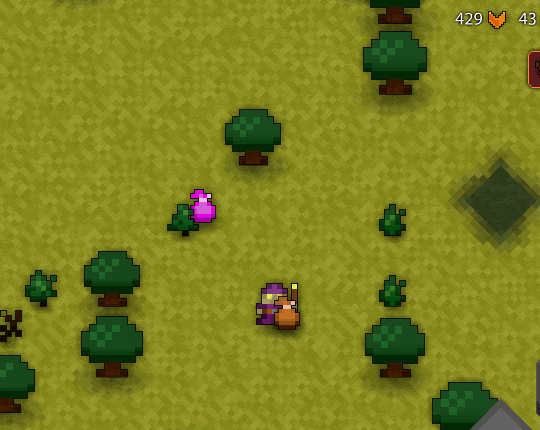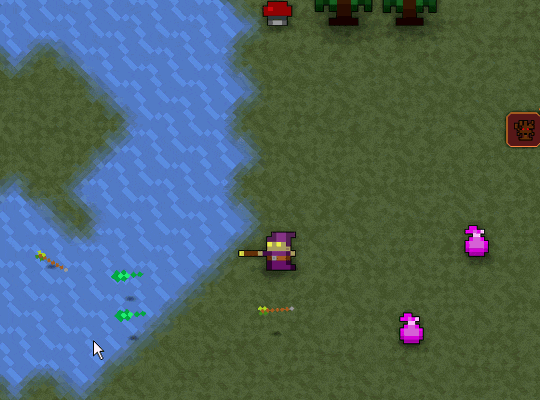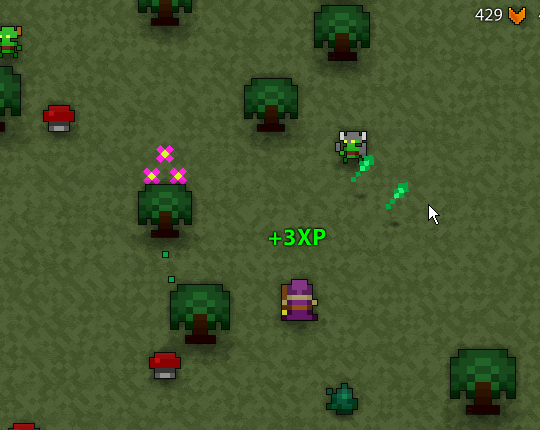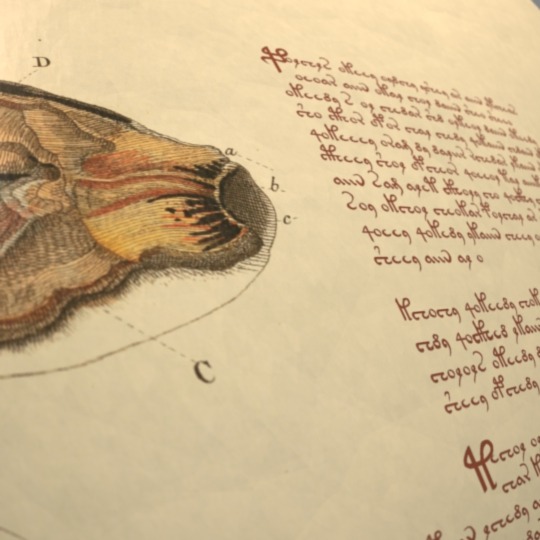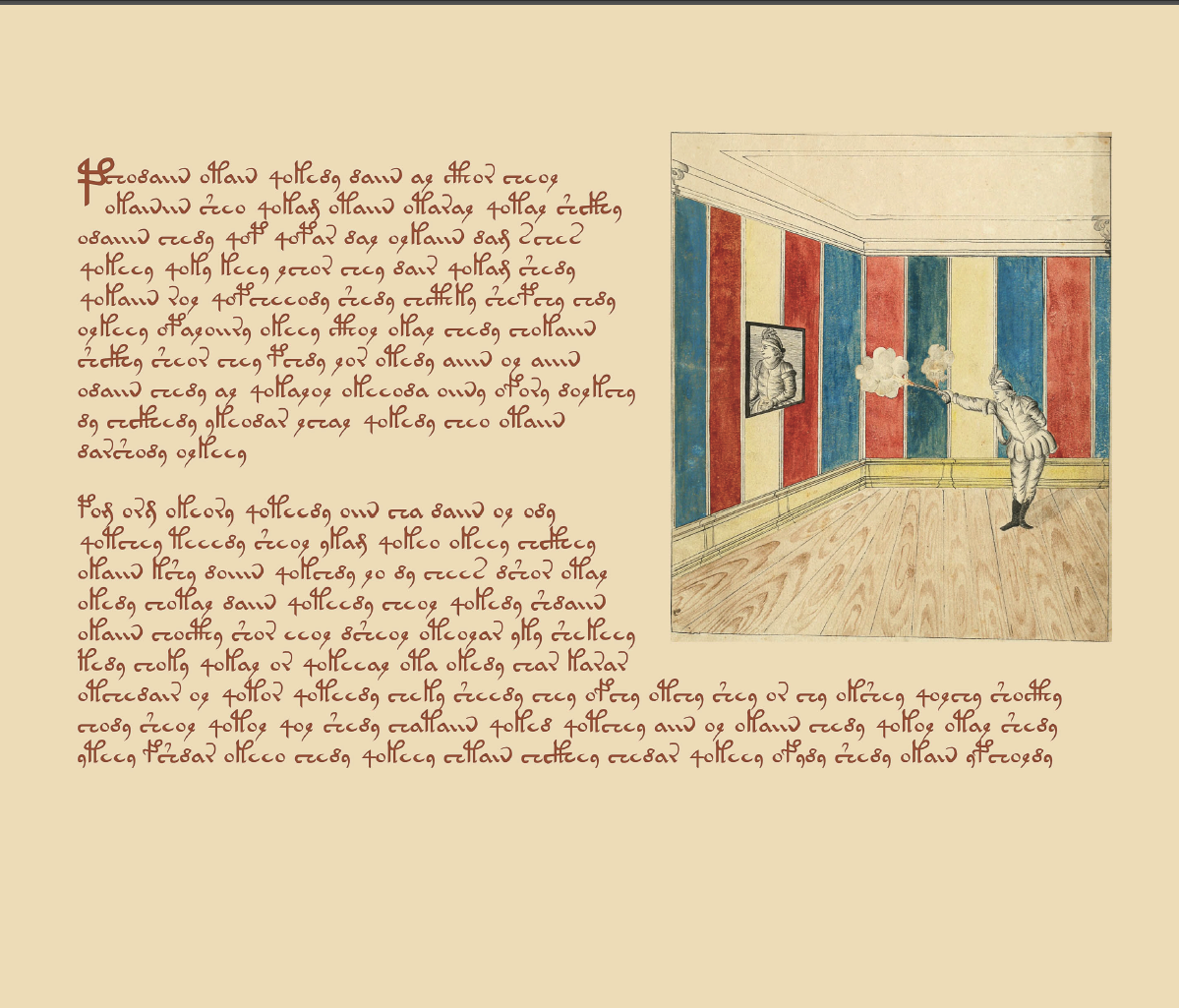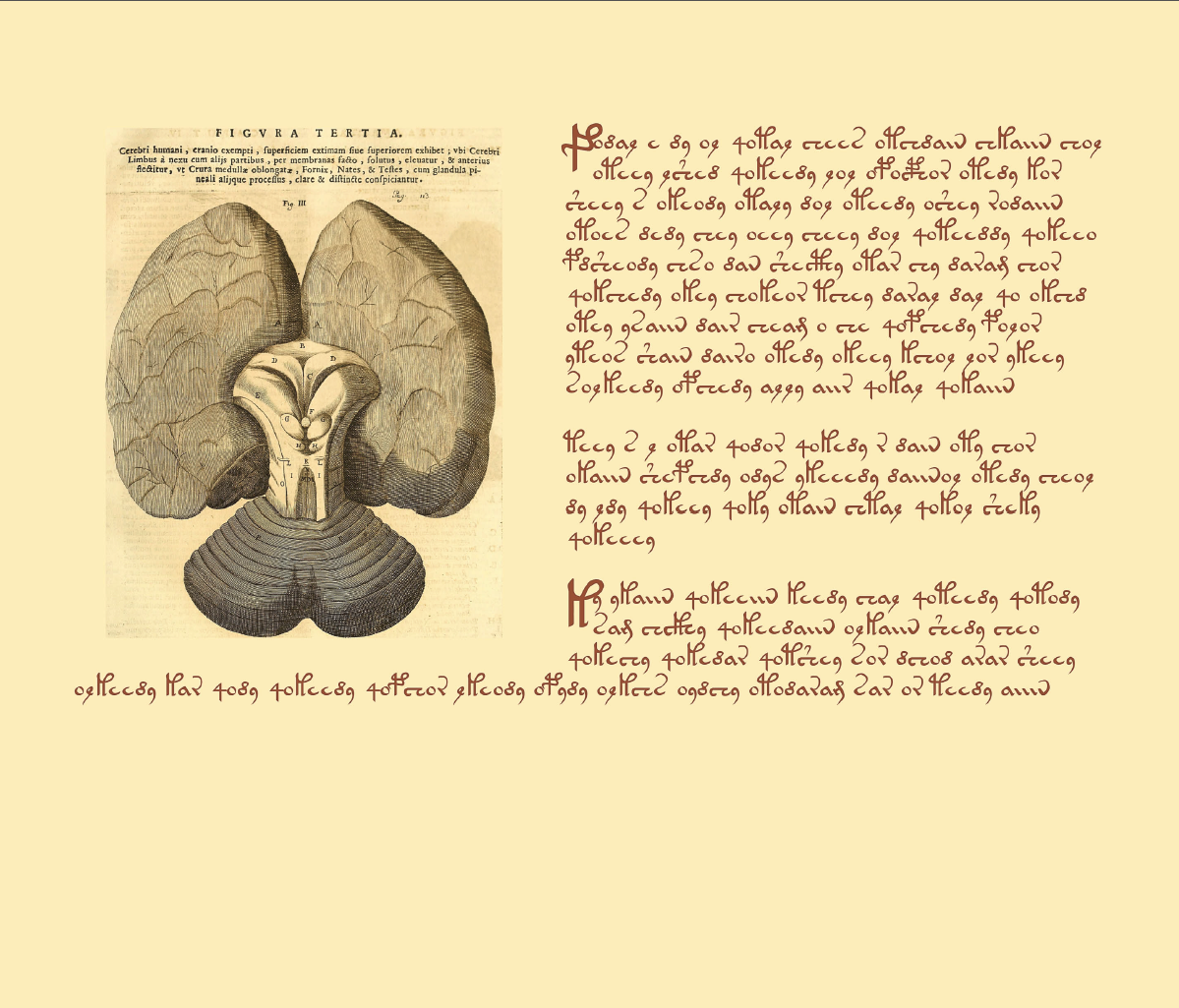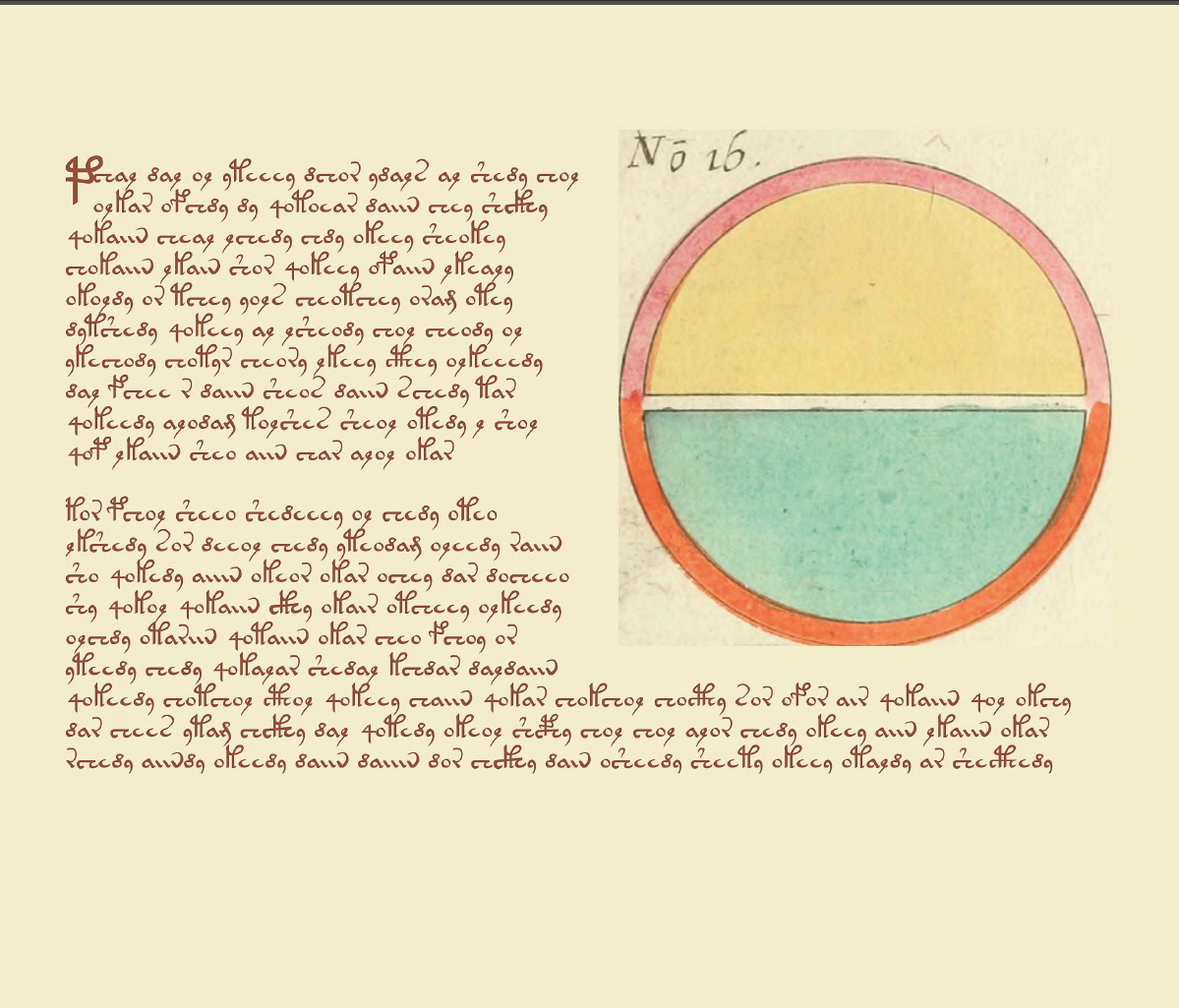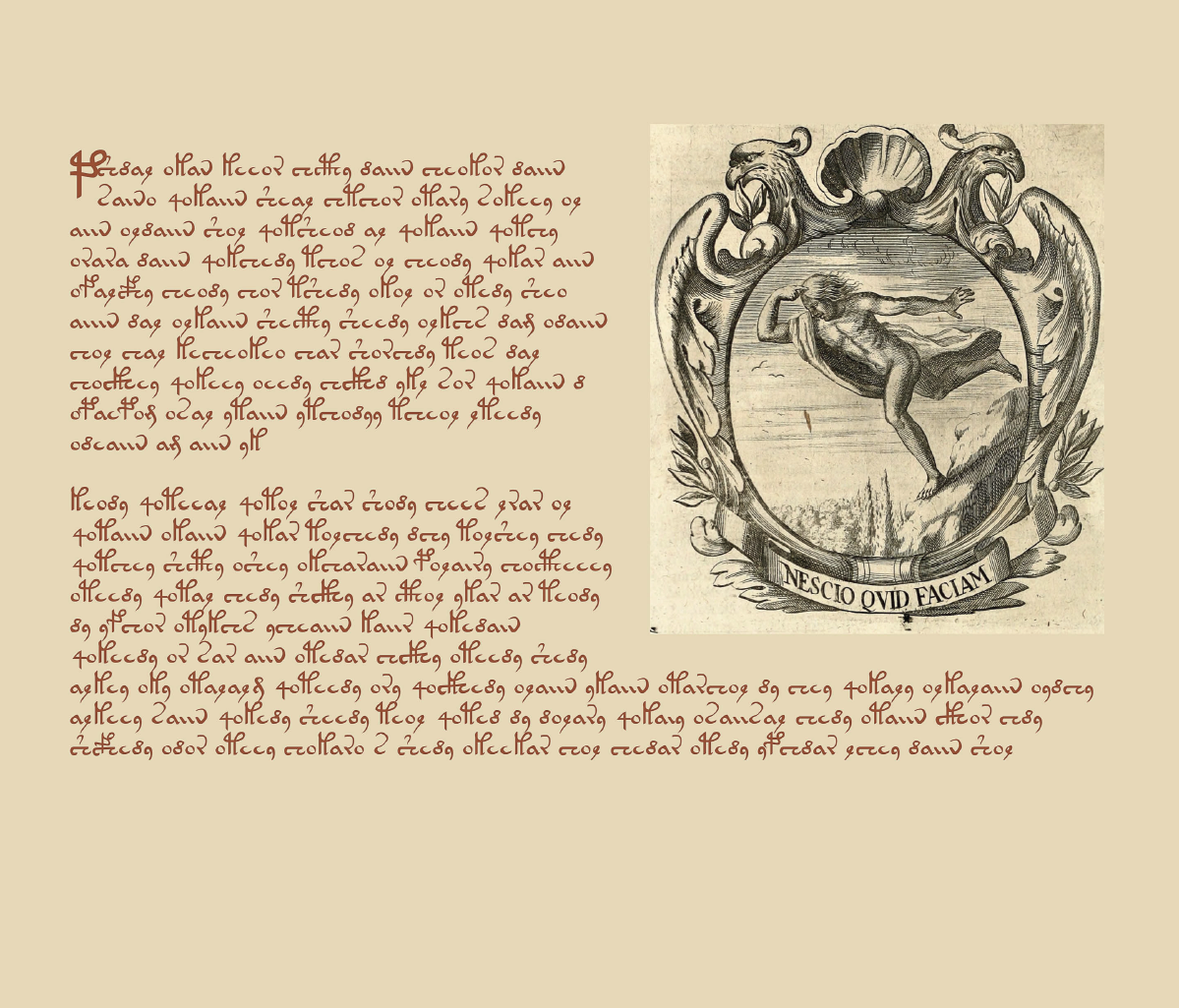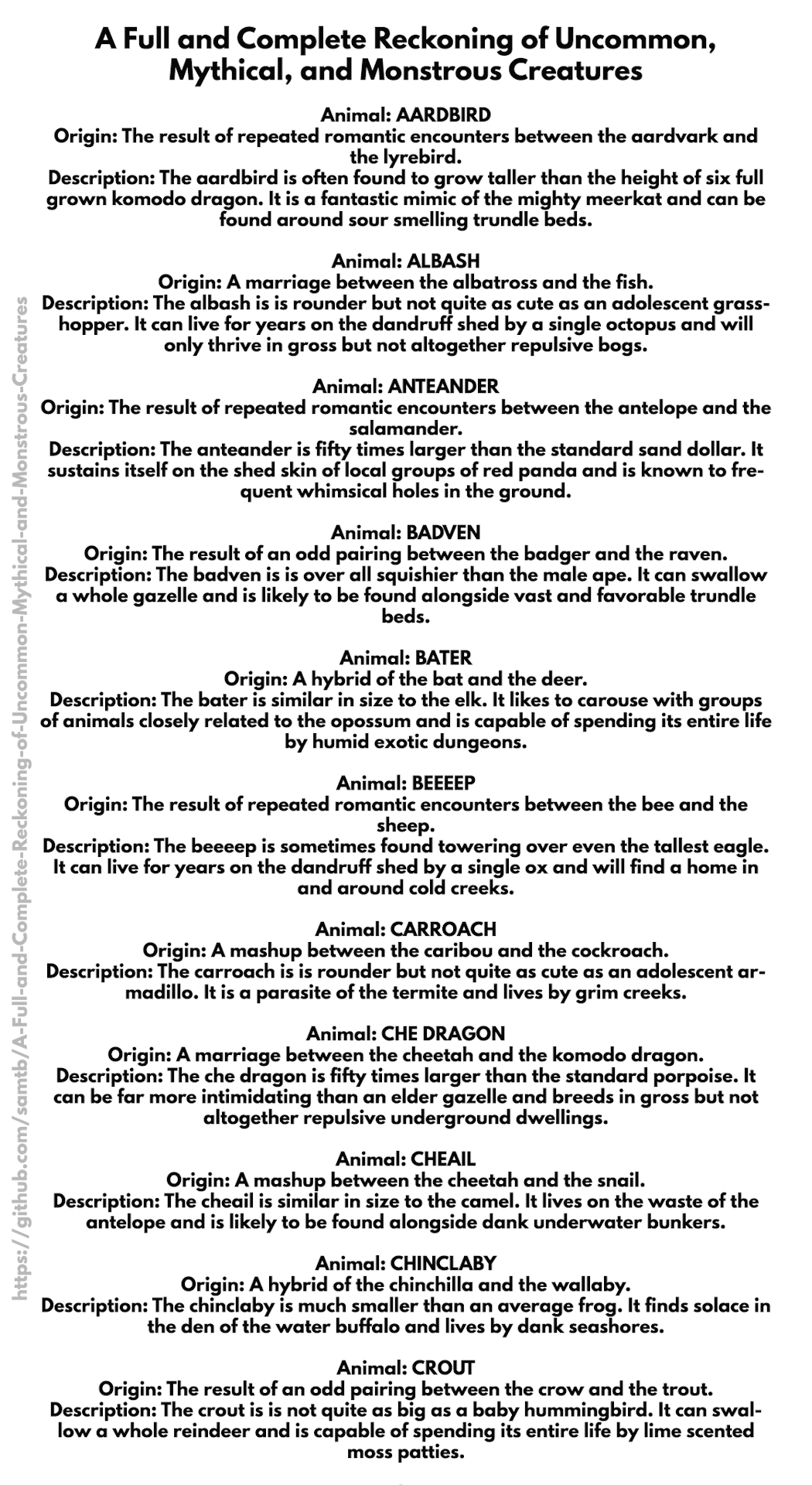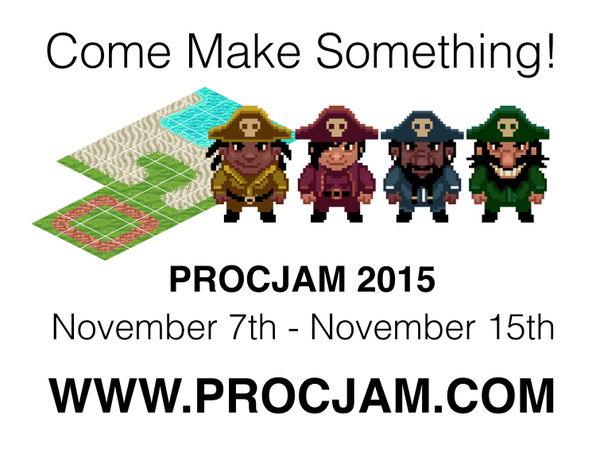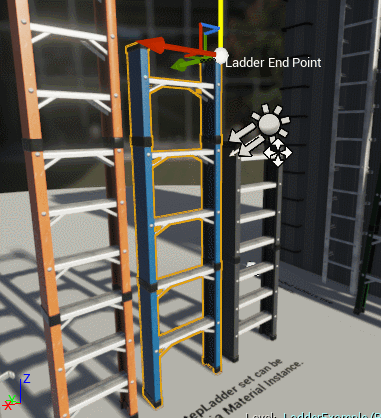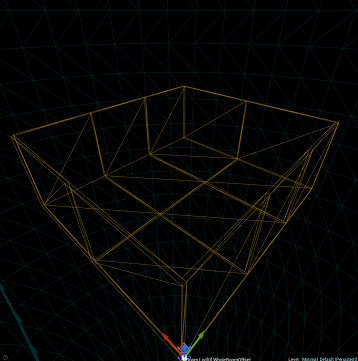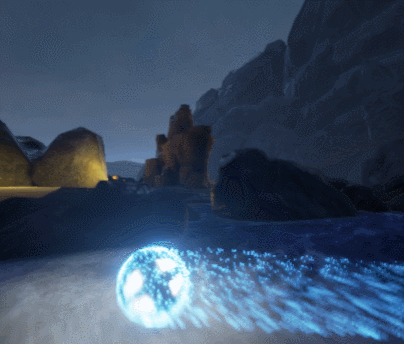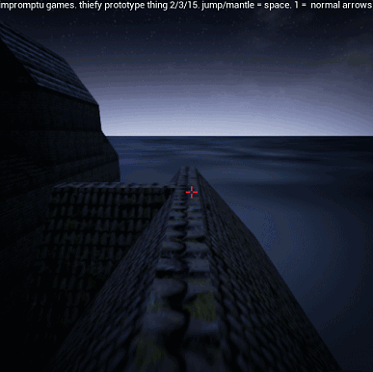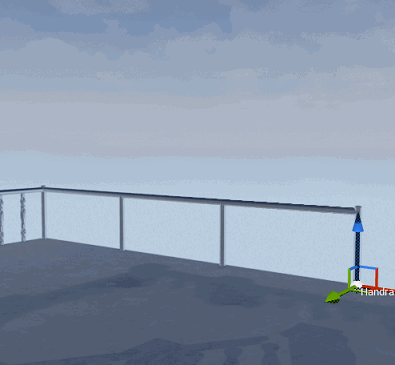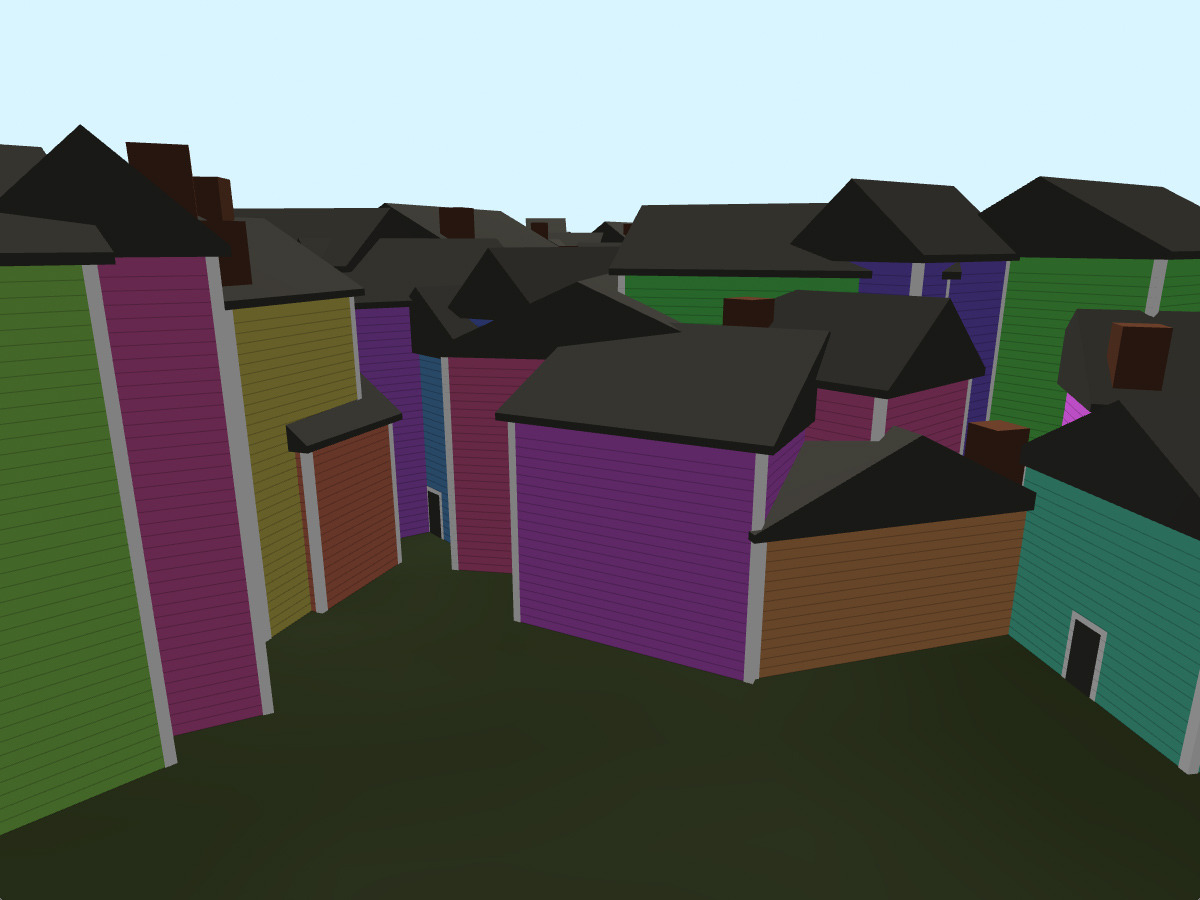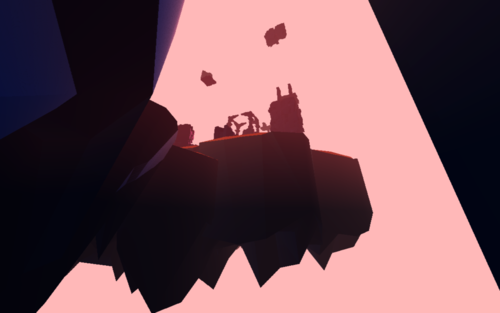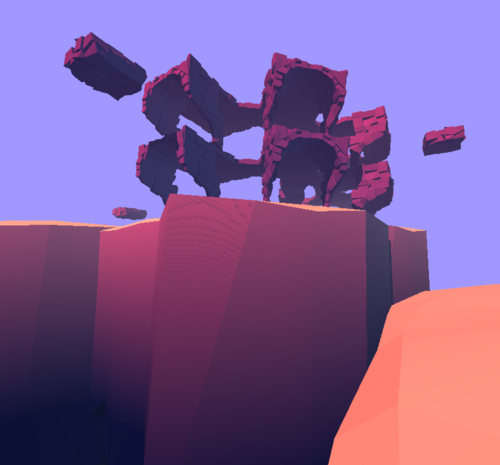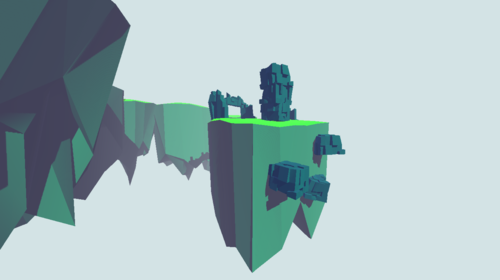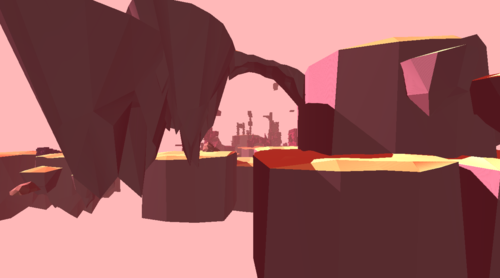
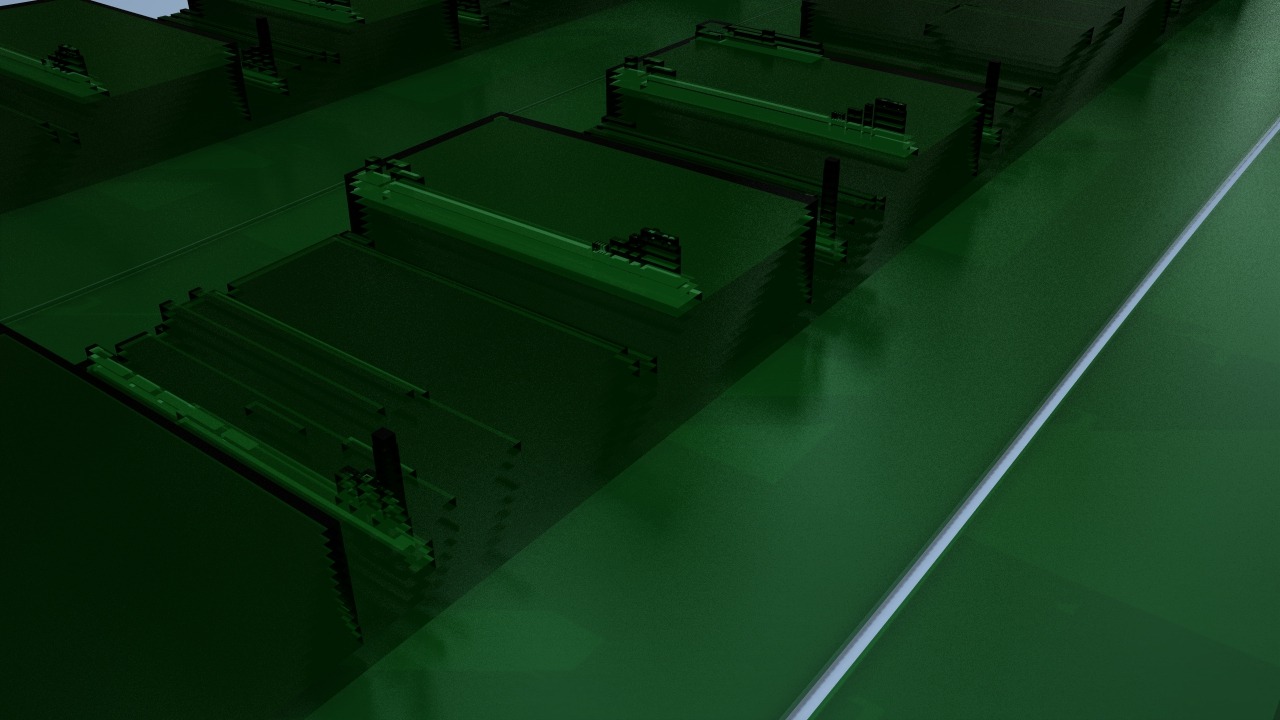

Where did these strange buildings come from? They look like streets of some bizarrely monotone industrial park, but they’re actually renders based on the HTML of this blog. Inspired by this suggestion I used the Tilt extension for Firefox to export a 3D model of the page. (Firefox now has the 3D tech integrated into it natively, but not the export, at least as far as I could determine. Perhaps someone would like to port it?)
Grabbing data from unusual sources and remixing it can be a powerful way to add real-world familiar unpredictability to generative projects. Your twitter feed, the Digital Elevation Model for your home town, a recording of bird songs from outside your window: try constructing dungeons and conversations and textures out of them.

